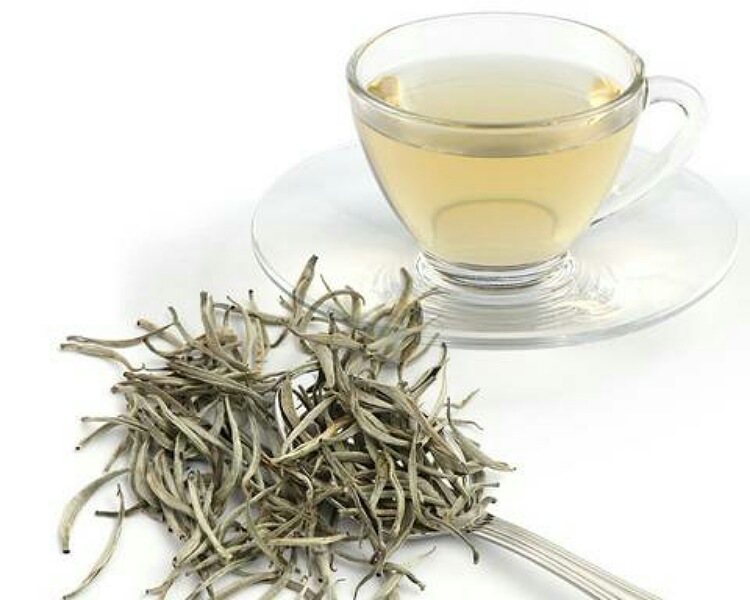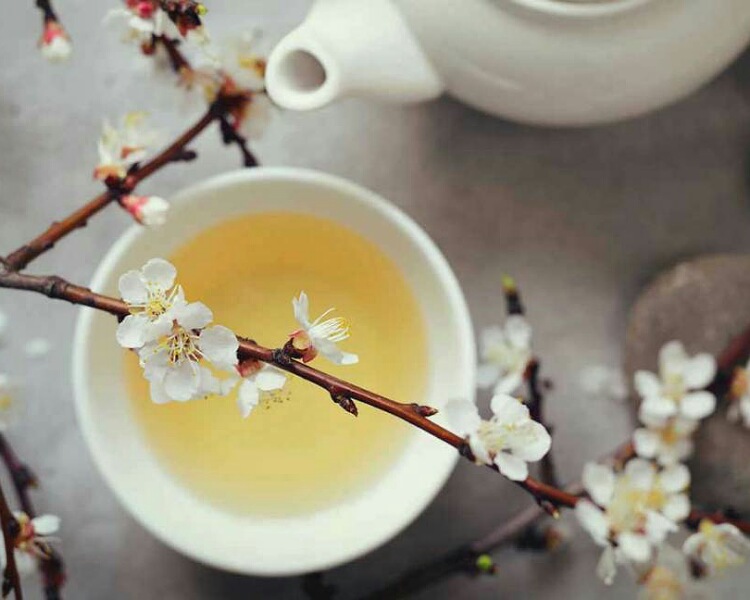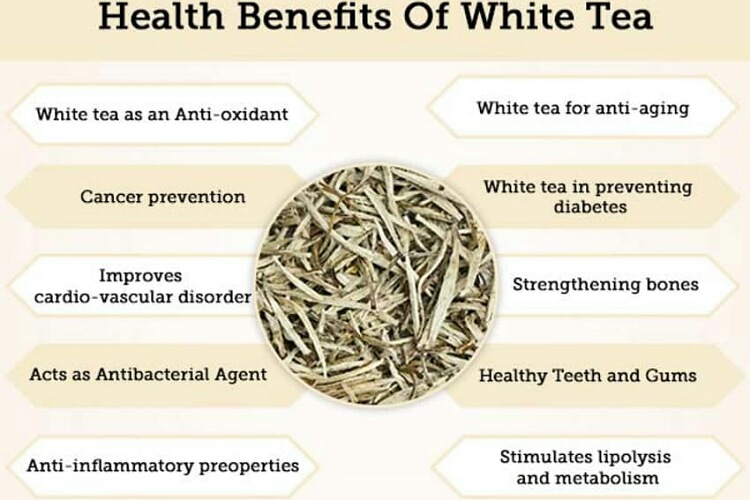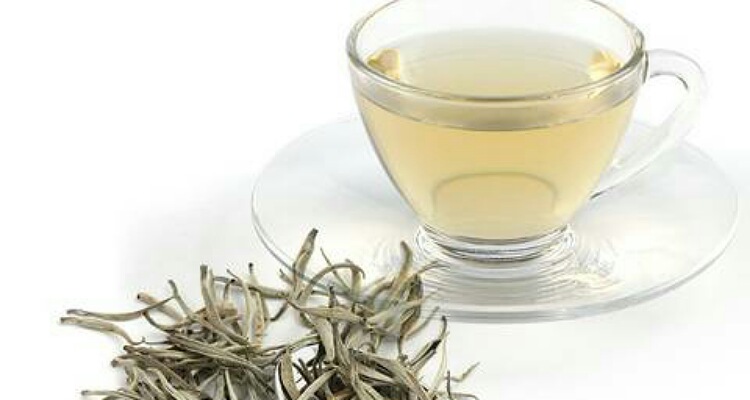White tea is the freshest and most delicate tea. It is also made from the dried leaves of the tree plant Camellia Sinensis. But the leaves are plucked when they are still tender and young.
The process of drying is also minimal and this produces this great tea type. Why is it called white tea? What are its benefits? How does it fare with regular black tea?
White tea
White tea is also derived from the same tree plant, Camellia Sinensis. But it is fresher and more delicate because the leaves used in its making are tender and raw.
The leaves of the plant are plucked even before they unfurl or open up. The young buds are still covered with fine white hairs. Hence the name white tea. Moreover, this tea is not subjected to the same vigorous processing as black tea. It undergoes minimal processing.
The leaves are meticulously dried and not oxidized as much as the regular tea leaves. Therefore, they yield tea that makes the cup more delicate and refreshing.

The tea is native to China and other parts of Asia. Several varieties of this plant are available now. The type of tea depends on the variety of the plant and also on the amount and method of processing of the leaves.
The longer the plucked leaves are exposed to air or oxygen, the longer the oxidation process and the darker they get. This also enhances their flavor.
The tea manufacturers increase oxidation by crushing the leaves, rolling them, or shaping them. While they halt this process by steaming, firing, or roasting them.
Process of making this tea and its flavor description
This tea is neither rolled nor fired. No external heat is applied to them. They are allowed to wither and dry under carefully controlled conditions to yield this mild tea.
This tea was a tea of royalty and was expensive in China during ancient times. It is a rare and exquisite type of tea that tea producers usually sell only around the place of manufacture because they spoil with transport and storage.

The terms used to describe the flavor are mild, subtle, delicate, sweet, chocolate, citrus, herby, peach, apricot, vanilla, floral, grassy, honey, fruity, or melon.
Health benefits
White tea has the least processing. Hence it has higher antioxidant levels. It has polyphenols called catechins. This destroys the actions of free radicals on the body.
Hence it can slow aging, prevent inflammation and cancer, and also boost immunity. But these studies are lab data and one requires human clinical studies to prove these benefits.
These polyphenols also relax blood vessels. This improves their elasticity and controls blood pressure. The strain on the heart is less and it becomes healthy.
A meta-analysis revealed that people who had 3 cups of tea per day had 21% less risk of heart disease. This tea also lowers the bad cholesterol in the blood and its damage to the heart and other organs are lower.

Also, read How To Make Matcha Green Tea? Antioxidant-Packed Drink, Homemade
Like green tea, its white version can also lessen weight. Both have similar amounts of caffeine and catechins such as epigallocatechin gallate (EGCG).
These two burn body fat and make one lose weight. White tea also boosts metabolism by 4 to 5 %. Moreover, it has lots of fluoride and tannins, and catechins. All of these are good for dental health.
They fight dental caries and prevent the growth of bacteria and plaque formation. It also has a role in improving insulin resistance and controlling blood sugar.
Catechins in this tea also prevent bone loss and osteoporosis. It overcomes the effect of aging on the skin and prevents wrinkles. Additionally, it has a role in brain health and the prevention of dementia.
